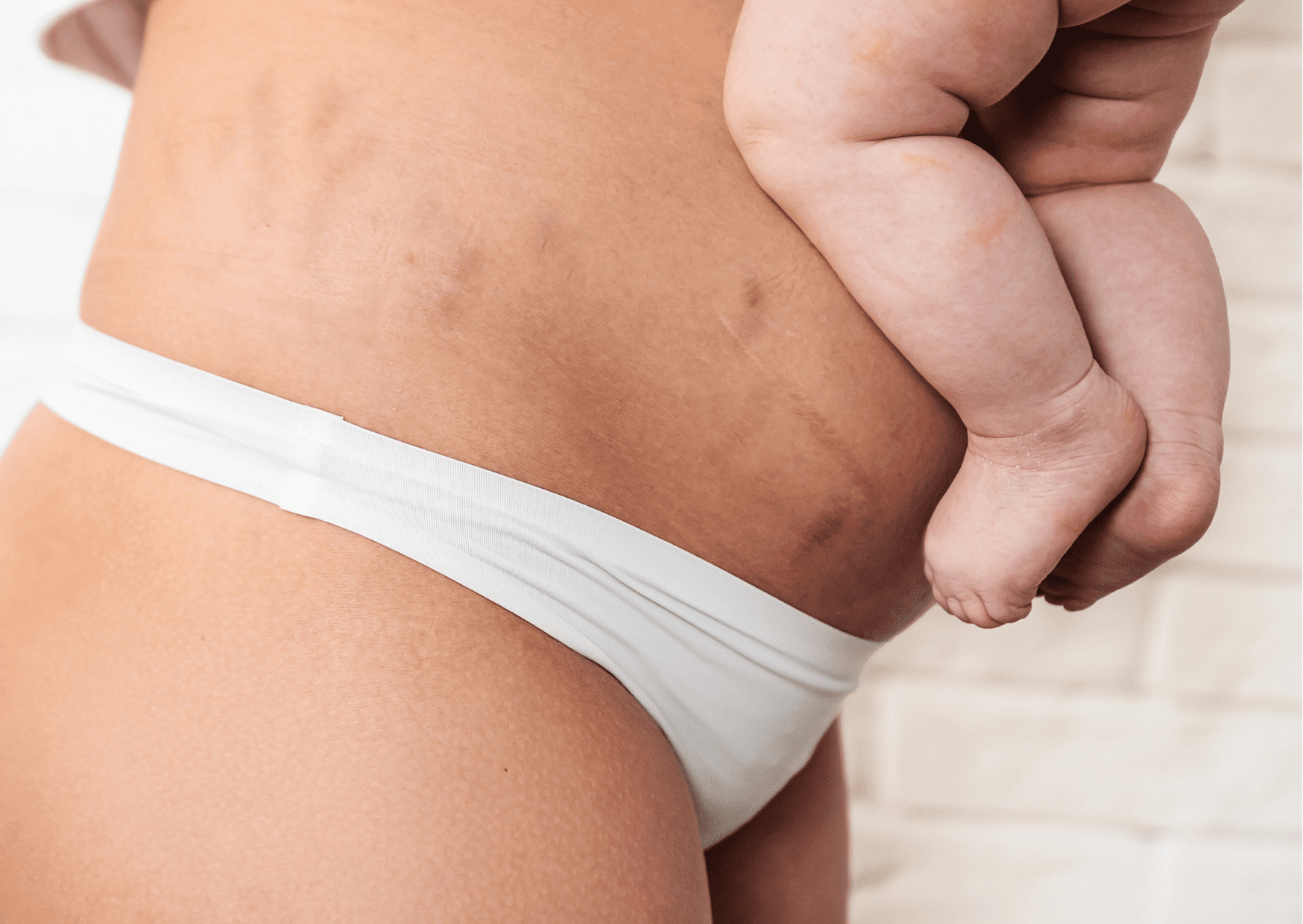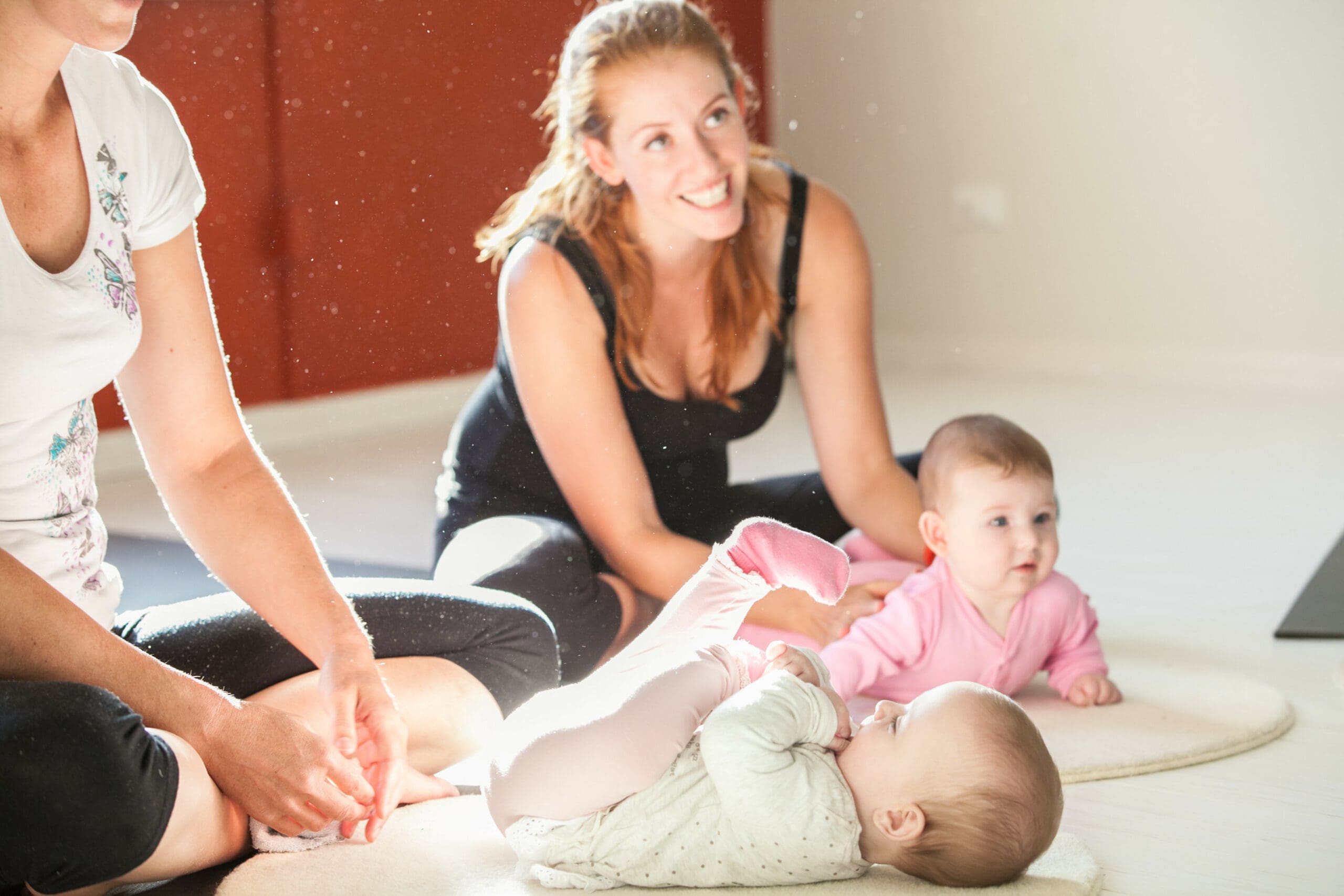Trigger Warning: This article contains details of instrumental delivery, haemorrhage, tearing, prolapse, pelvic floor and caesareans. If you are triggered by these topics you may wish to skip this blog or read it once you have support available. If you are seeking support for your birth trauma, you may wish to contact our Peer Support Service.
Written by: Esme Soan. Esme is an exercise physiologist specialising in women’s health and founder of Pear Exercise Physiology.
Keen to get back to pounding the pavement, park runs and that mental space of a jog along the local pathways?
But when can I return to running!
The question on many of our postnatal clients’ lips – when can I run! The first research evidence guidelines were published in 2019 to help support graduated return to high intensity exercise postpartum, ie/ running. There are certain considerations when returning to higher intensity exercise – for short term & long term health outcomes.
First – we advise waiting till at least 4 months to return to higher intensity exercise – and this is due to the levator hiatus (that is the gap in your pelvic floor muscle through which your vaginal travels) widens during pregnancy, and significantly widens after vaginal delivery (uhh – duh!). It is thought to return to similar size 12 months post a vaginal delivery without interventions (caesarean deliveries return to similar size much sooner) however never to prenatal size.
The recovery of your levator ani muscle (part of the complex of muscles that makes up your pelvic floor team!) and all the connective tissue & nerves that have been stretched in your pelvis via delivery is thought to be maximised (that is – healed to the best it can) at 4 – 6 months postpartum. If you start jumping, running & placing impacting loads through this pelvic floor as it is still recovering, you may delay your recovery or take a step backwards in your pelvic floor recovery (not what we want!).
Consider this – if you had a surgery on your knee, or badly rolled your ankle – where ligaments were stretched, or surgically cut and stitched, you would have an enforced rest period, then a rehabilitation protocol, then a slow progression back to running post-injury!
Why would we not provide the same rehabilitation and progression back after a MAJOR abdominal surgery, or vaginal delivery, where your pelvic ligaments have been stretched & abdominal or vaginal wall may have been cut/torn or sutured.
There are some important steps we get you to pass before you hit the streets with us – and we are here to help you at every step!
Firstly, we know that motor control (that is how your brain talks to your muscles) is altered between your deep abdominal wall & pelvic floor after pregnancy. We need to retrain the brain to speak with these to help with your core stability and controlling what’s called your intra-abdominal pressure. At this first stage, we would want to see resolution of any abdominal separation (diastasis recti) and rehabilitate any pains or injuries.
Secondly, we need to restore strength & stability to your pelvis – as running is performed on a single leg we want to make sure you are strong enough in your muscles to stabilise on a single leg – and strong enough in your pelvic floor to withstand impact! Did you know how many muscles are active during a running cycle? You have at least 10 muscles just in your lower limbs (glute max, glute med, quadriceps group, gastroc & soleus, long head biceps femoris, semimembranosus, tensor fasciae latae, adductor & iliopsoas) PLUS your core stability helping with increased demand on breath! That’s a lot going on!
We also work closely with women’s health physiotherapists at this stage, helping give us information from internal exams on what pelvic floor is doing, and how we can best help support with your training. We don’t have x-ray specs, and without this knowledge, you may feel like your running great – but your pelvic floor muscles, ligaments and pelvic organs may not be doing so great. If you do have a prolapse, we can help with improving strength surrounding the pelvis, the control of your breath through exercises, and alternatives and modifications to exercises, to keep you moving without fear and supporting your pelvic floor!
Thirdly, we actually want to expose you to running – and make you as efficient at it as possible! Picture Phoebe from friends jogging through the park – a great example of NOT efficient running! Efficiency means being able to run at a given speed -with the least amount of effort, that is working smarter not harder! Exercise Physiologists are experts at this, we work with patients completing rehabilitation after chemotherapy all the way up to athletes trying to better their performance times!
So – where do I start!
Our postnatal clearance to exercises appointments are appropriate from 6 weeks postnatal for vaginal delivery and 8 – 10 weeks postnatal for c-section or interventions (forceps, vacuum, episiotomy) deliveries.
At this appointment, we will screen your abdominal wall for diastasis recti (abdominal separation), pelvic floor co-ordination, any pelvic girdle dysfunction and help to graduate you from low-intensity exercise back to the activities you love with a combination of in-studio appointments, mums & bubs classes & home programs!
About Pear Exercise Physiology
We are passionate about all stages of Women’s Health at Pear Exercise Physiology, and our team of exercise physiologists & remedial massage therapists have further education & in-depth understanding of the physiological changes in your body brought on by pregnancy, birth, surgery and rehabilitation for the pelvis & pelvic floor.
Working with our exercise physiologists can help transition you back to exercise safely after birth, with rehabilitation for your abdomen & pelvic floor, and graduated return to exercise, sport & running! Babies & children are always welcome at Pear, with Mums & Bub’s classes & one on one appointments available Monday – Saturday.
How we can help:
Exercise Physiology
● Join one of our Mums & Bubs Reformer Pilates Classes, or Mums & Bubs Strength Circuit Classes
● Work with our Exercise Physiologists for rehabilitation to help with rehabilitation for
– back, hip or pelvic pain
– incontinence (leaking of urine)
– prolapse management
– abdominal separation (DRAM or diastasis recti)
● Join our Return to Run program to progress back to running or higher intensity exercise, with running drills & strength work at our local Huxtable Park.
Our Exercise Physiology consultations include a safe return to exercise screening:
– check any abdominal separation (also known as Diastasis Recti or DRAM)
– how to protect your pelvic floor in the gym, and at home
– how to safely lift your baby
– pelvic floor & core restore exercises
– a home rehabilitative exercise program
Written by: Esme Soan. Esme is an exercise physiologist specialising in women’s health and founder of Pear Exercise Physiology.
If you are seeking support for birth-related trauma, please contact our Peer2Peer Support service to connect with one of our Peer Mentors.





